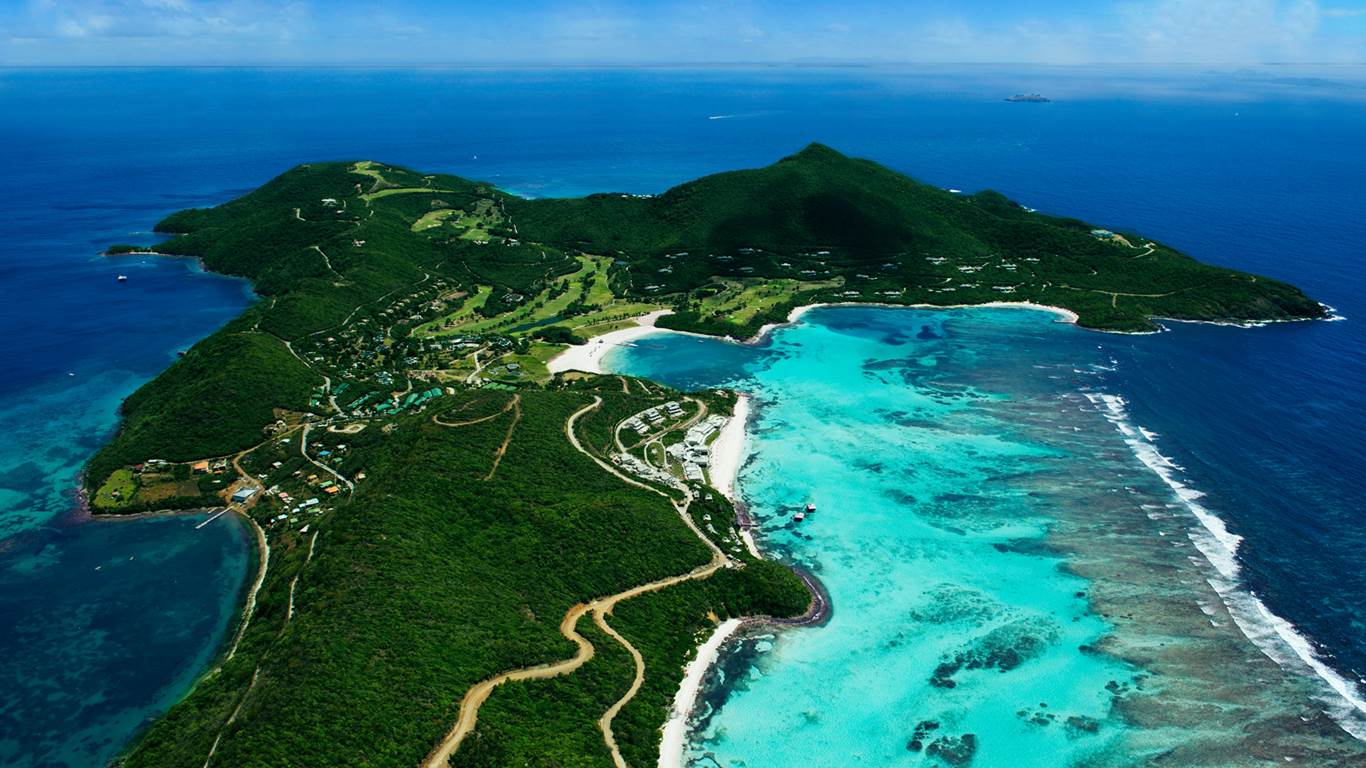mchec.org – Nestled in the southeastern Caribbean Sea, Saint Vincent and the Grenadines is a captivating island nation that boasts a rich tapestry of natural beauty, cultural heritage, and historical significance. This archipelago, comprising the main island of Saint Vincent and the northern Grenadine islands, offers a unique blend of lush rainforests, stunning beaches, and vibrant communities that make it a fascinating destination for travelers and adventurers alike.
Geographical Overview
Saint Vincent and the Grenadines span an area of approximately 150 square miles (389 square kilometers), with the main island of Saint Vincent accounting for about two-thirds of the total land area. The nation is located between the Caribbean Sea and the Atlantic Ocean, north of Grenada and south of Saint Lucia. The Grenadine islands, a chain of smaller islands and cays, add to the nation’s allure with their picturesque landscapes and tranquil waters.
Cultural Heritage
The cultural heritage of Saint Vincent and the Grenadines is a vibrant mosaic influenced by indigenous peoples, European colonizers, and African slaves. This rich history is reflected in the nation’s music, dance, cuisine, and festivals, such as the Vincy Mas Carnival, which is celebrated with parades, calypso music, and colorful costumes. The island’s cuisine is also a testament to its diverse cultural influences, featuring a blend of Caribbean, African, and European flavors.
Environmental Treasures
Saint Vincent and the Grenadines are home to a wealth of environmental treasures, including the lush rainforests of Saint Vincent, which are home to a variety of flora and fauna. The island’s volcanic origin is evident in the presence of La Soufrière, an active volcano that last erupted in 2021. The Grenadine islands, with their white-sand beaches and coral reefs, offer some of the most beautiful snorkeling and diving sites in the Caribbean.
Economic Landscape
The economy of Saint Vincent and the Grenadines is primarily based on agriculture, tourism, and financial services. Bananas, arrowroot, and coconuts are among the key agricultural exports, while tourism continues to grow as a significant source of revenue. The nation’s strategic location and favorable regulatory environment have also made it an attractive destination for offshore financial services.
Challenges and Opportunities
Like many small island developing states, Saint Vincent and the Grenadines face numerous challenges, including vulnerability to natural disasters, climate change, and economic fluctuations. However, the nation’s commitment to sustainable development and its efforts to diversify its economy offer promising opportunities for the future. The growth of eco-tourism, for example, has the potential to provide economic benefits while preserving the natural and cultural heritage of the islands.
Conclusion
Saint Vincent and the Grenadines are a testament to the beauty and resilience of island nations. With their rich cultural heritage, stunning natural landscapes, and vibrant communities, these islands offer a unique and welcoming experience for visitors and residents alike. As the nation continues to navigate the challenges of the 21st century, its commitment to sustainable development and cultural preservation ensures that it will remain a beacon of hope and resilience in the Caribbean.

